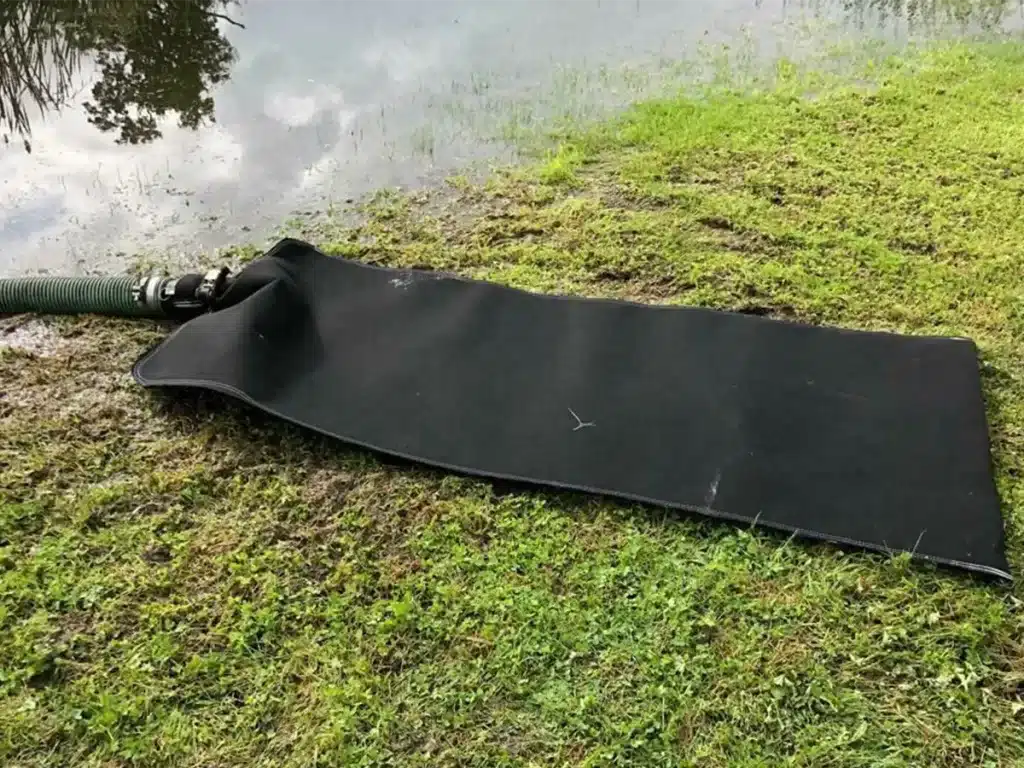+86-159 9860 6917
info@geofantex.com
geofantex@gmail.com
+86-400-8266163-44899
Let’s be honest—no one enjoys pulling weeds. One of the primary reasons for installing landscape fabric is to prevent weed growth. A quality landscape fabric placed beneath a layer of pebbles or gravel can significantly reduce weed seed germination.
Even the best landscape fabric can’t stop all weeds. Some seeds will inevitably sprout, but with a weed block barrier in place, their roots won’t be able to establish deeply in the soil. Without deep roots, weeds are easier to remove and less likely to spread. For more effective prevention, you might also consider using a weed tarp barrier, which blocks all water and nutrients from reaching the soil below.
Having fewer weeds in your landscape means you’ll need less herbicide for control. Using less herbicide not only saves money and effort but is also generally better for the environment.
Weed Block Fabric
Weed block fabric is essential for preventing the germination of weeds in landscaped areas.
Explore our full range of Heavy Duty Weed Barrier Fabric here >
Soil Stabilization – Keeping Everything in Place
Driveway fabric can also help stabilize the soil beneath your gravel. If surface erosion is an issue, a landscape barrier under the gravel can reduce the effects of running water. Keeping gravel in place can be challenging in certain applications.
In areas with slopes or contours, landscape fabric between the soil and gravel can help counteract the effects of traffic and soil movement. In colder climates, frost heave—a condition where the ground shifts due to freeze and thaw cycles—can cause rocks and underground structures to move. Adding stabilization fabric beneath your paths or beds can mitigate this upward movement, keeping your landscape looking pristine.

Soil Moisture – Retaining Water Where It Matters
When gravel is used as mulch around landscape plants, retaining soil moisture can become a concern. Gravel tends to absorb heat and transfer it to the soil, leading to rapid drying of the topsoil and depriving plants of moisture.
A landscape fabric barrier between the soil and gravel insulates the ground from extreme temperature fluctuations. This barrier can also reduce soil moisture evaporation.
Using geotextile fabric beneath your aggregate or mulch can save you both time and money. Reduced watering needs lower manual labor and utility costs, and many plants will thrive in more consistent soil temperatures.
Planting Tip: If you have plants or trees in your mulch area, consider using wholesale row covers when temperatures drop to protect your garden.
More Savings Through Less Materia
Typically, landscapers apply gravel to a depth of four to six inches on gravel paths, and around four inches when used as mulch around plants. However, when high-quality landscape fabric is installed between the soil and gravel, these depths can be reduced by half.
This is because the fabric creates a more uniform surface for laying the aggregate, preventing the loss of rock material to the soil below.
This results in significant savings, as you’ll need only half the amount of rock aggregate.
The Filtration Effect
Not all gravel in gardens or landscapes is used for paths or mulch—some is used for drainage or water control. In these cases, landscape fabric plays a crucial role in systems such as:
- French drain systems
- Trench drains
- Dry creek beds
- Water features
French drains and trench drains collect water and direct it through pipes away from the landscape. These systems rely on round rock gravel around perforated pipes, and landscape fabric acts as a filter, preventing sand and soil from clogging the gravel and pipes.
Dry creek beds serve a similar function but work on the surface of the landscape. What may look like a collection of rocks in a low area is actually a water management system. At the core of these dry creek beds is a layer of gravel, usually stabilized by landscape fabric, that channels the water where it needs to go.



Get Free Sample
We’ll respond as soon as possible(within 12 hours)






















